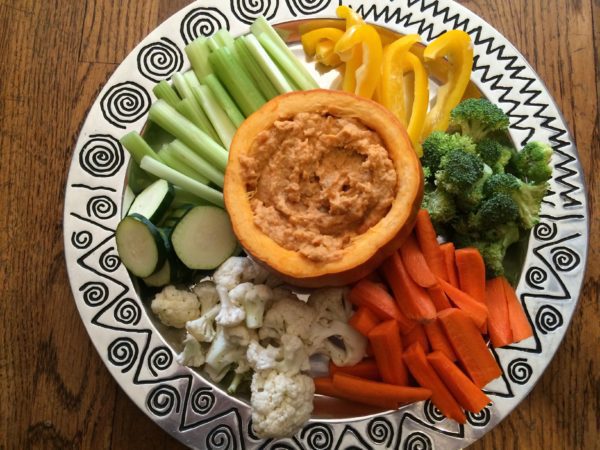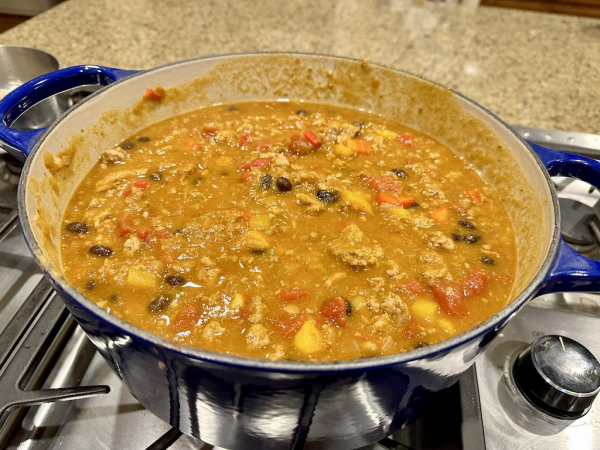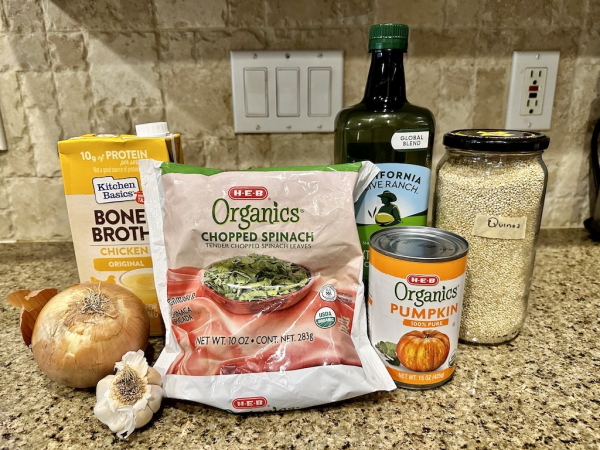6 Delicious, Nutritious Pumpkin Recipes
Did you know that pumpkin packs an abundance of disease fighting nutrients? It also has wound healing, antimicrobial, anti-inflammatory, antioxidative, anti-ulcerative properties .
Extremely high in fiber, and low in calories, pumpkins are a rich source of:
- amino acid tryptophan (important for production of serotonin in the body – key to brain function, is associated with positive mood and has a role in healthy sleep)
- essential fatty acids
- essential minerals potassium, magnesium
- vitamins A, C and E
- carotenoids, tocopherols and many phytochemiclas
“Pumpkin contains one of the richest supplies of bioavailable carotenoids known to man. Carotenoids are deep orange, yellow or red colored fat-soluble compounds that help protect us from free radicals, improve our immune response, and enhance cell-to-cell communication. Foods rich in carotenoids have been linked to a host of health-promoting and disease-fighting activities. They have been shown to decrease the risk of various cancers, including those of the lung, colon, bladder, cervical, breast and skin. The combination of carotenoids, potassium, magnesium and folate found in pumpkin offers protection against cardiovascular disease.” – Superfoods RX by Pratt, Steven and Matthews, Kathy
I used to think of pumpkins only as Halloween jack-o-lanterns and mushy pumpkin pies at Thanksgiving. Pumpkins didn’t register on my radar as a food, much less a superfood.
Now when fall comes around, I enthusiastically put it into my food.
Organic canned pumpkin is easy to incorporate into recipes, high in fiber and low in calories. But I recently made my own homemade pumpkin puree. from our leftover Halloween pumpkin. I used some to make Pumpkin Shrimp Curry and froze the remaining puree in mason jars for another day.
I feel like Linus waiting in his pumpkin patch for the Great Pumpkin. Sadly, Linus is always left waiting but never gives up hope. My hopes on the other hand, come to fruition as great pumpkins turn into great dishes this fall and boosting our immune system.
“Pumpkins contain carotenoids important for immune function. They are good sources of beta-carotene, alpha-carotene, lutein and zeaxanthin, antioxidants belonging to a group of pigments called carotenoids. Carotenoids defend the body’s tissues against oxidative damage, helping to prevent chronic diseases and premature aging. They help protect the eye from damage and improve several aspects of visual performance.” SuperImmunity by Fuhrman, Joel.
Here are some of my favorite ways to use pumpkin puree:

Creamy Pumpkin Coconut Soup – Naturally Ella
One Lovely Life: Pumpkin Chili


Pumpkin Turkey Meatballs – Paleo Running Momma
I like to serve with a green salad + 3 colors and over quinoa, on occasion with orzo.
Parmesan Pumpkin Quinoa – I Food Real

This is so YUMMY and versatile. I used it
- as a side with roasted fish, chicken or pork tenderlon
- lunch salad tossed with greens
- as a breakfast bowl
- it can stand alone as a vegetarian meal topped with pumpkin seeds or chopped nuts
For More Empowerment
8 Impressive Benefits of Pumpkin
Top 5 Reasons to Eat More Pumpkin (Benefits, Nutrition & More): Dr. Axe
Originally published October 2017
